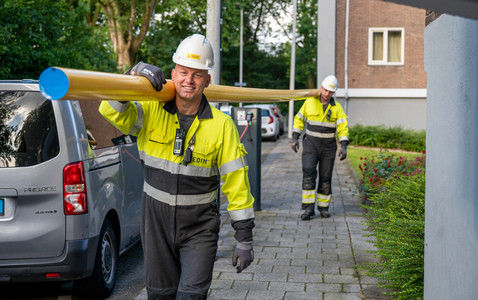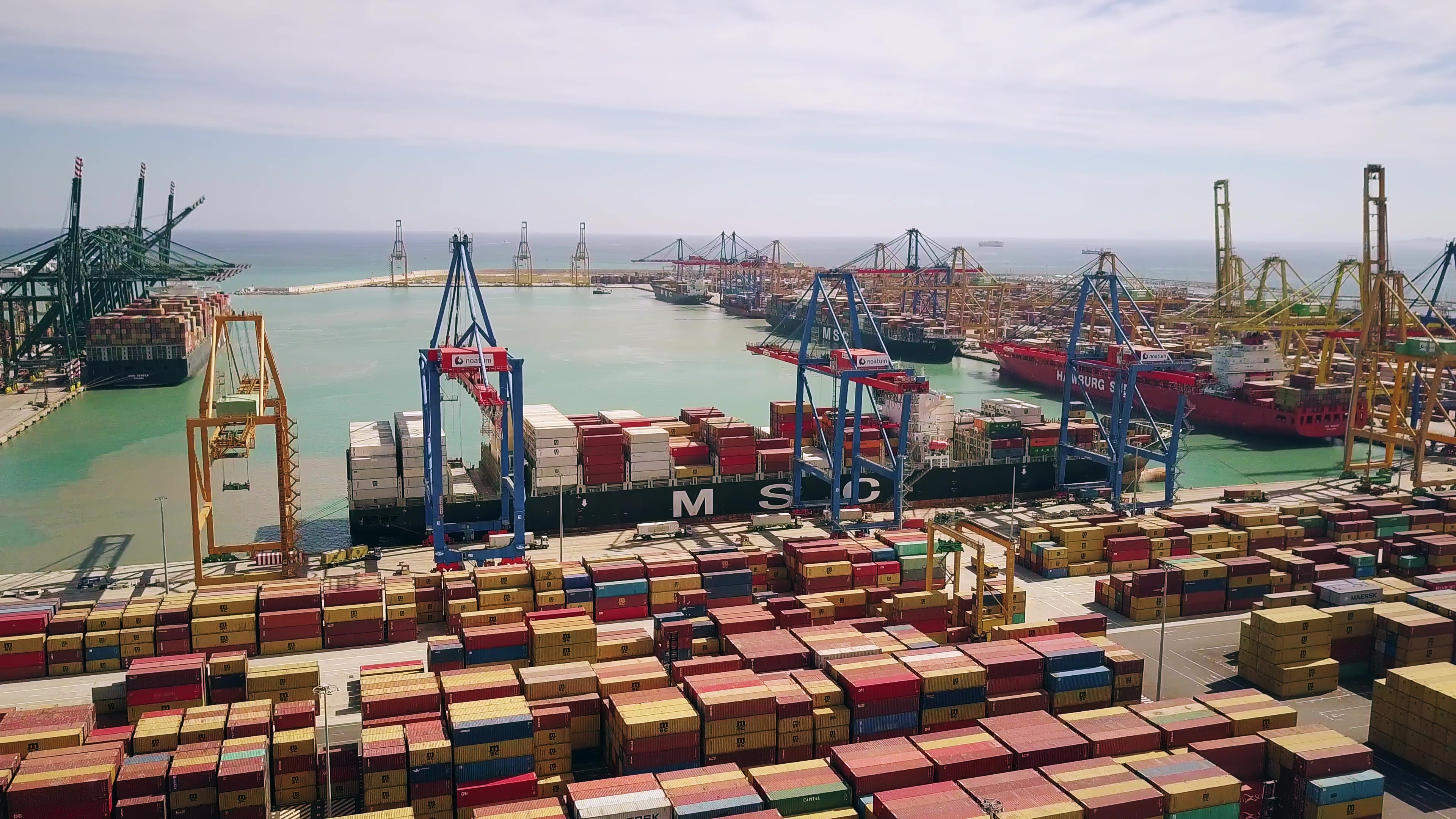The ‘Risk Check’ of Stedin


Stedin is a regional Dutch grid operator primarily active in the Randstad region. Through their networks, Stedin ensures that more than 2.3 million customers have access to energy all year round. Because Stedin wants future generations to have reliable access to energy, the operator is transitioning to clean energy from sources that do not run out, deplete the planet, or pollute. This requires major adjustments to the energy network—or rather, our entire energy system. New technologies help with this. As does strong collaboration among all the people and organizations involved in our energy supply.
Why do you use the CSR Risk Check?
“Risk management and legislation were the starting points for Stedin to set up and conduct supply chain research. Stedin aspires to take the lead in stopping, reducing, or preventing ESG risks (Environmental, Social, and Governance) in the supply chain.
For our supply chain research—where you analyse every step a product or service goes through from raw material to customer—we use multiple sources and tools, such as our materials passport, workshops, and various external resources to map out risks. The CSR Risk Check is one of those external tools. When researching a purchased cable—a complex chain with various metals and processing stages—the tool revealed multiple possible risks.”
What kind of risks are we talking about?
“In cable production, metals are essential, which means a direct link to mining. In the mining sector, human and labour rights are under pressure, while scarcity, CO₂ emissions, and water and soil pollution pose serious challenges. Moreover, the political landscape can cause price fluctuations and supply issues for suppliers.”
Do you also consider country-specific differences?
“In addition to the sector, we also looked at country differences based on our preliminary research. It showed that the risks related to human and labour rights vary depending on the source. Unlike other tools, the CSR Risk Check not only shows whether there’s a risk, but also provides context for specific countries. For instance, it flags risks like working conditions, forced labour, wages, or safety in countries that supply a large portion of the world’s bauxite.”
Once the risks are identified, what’s next?
“Simply identifying negative impacts or having a policy in place is not enough. We expect full integration into the organization, and an active, ongoing effort to improve. Conversations with suppliers, documentation, and insights from the CSR Risk Check provide a solid foundation. Together with the supplier, we map the supply chain to start a dialogue. Based on our findings, we ask whether the supplier recognizes the identified risks.”
What does such a conversation look like?
“Together with the supplier, we assess what measures have already been taken to stop, reduce, or prevent risks. In this case, it concerned bauxite, a raw material for aluminium, essential for electricity transmission. Human rights and safety in the mining sector were flagged as risks. The supplier was already affiliated with an international aluminium agreement and operated according to OECD guidelines. We then looked at other risks, such as the environmental impact of mining on CO₂ emissions and biodiversity. The supplier was exploring the possibilities of electric mining to reduce environmental impact, which led to the question: could Stedin collaborate on this? These kinds of conversations make sustainability tangible: spotting risks and tackling them together.”

What actions are you taking?
“Partly in response to the identified risks, we created a human rights policy and tightened our supplier code of conduct. We also realized that we need to anchor the dialogue with stakeholders further down the chain—for example, by involving relevant NGOs or joining a covenant. But what this kind of research also made us aware of is that we can start closer to home. Take, for instance, reducing cable cutting losses: this decreases residual waste and reduces material purchases.”
So, what’s next?
“First and foremost, we want to identify potential risks early and determine how to address them. We’re exploring options to analyse ESG risks in advance by using external sources. We’re also working on translating theoretical risks into a better understanding through improved stakeholder dialogue. Our aim is to gain deeper insights into potential risks by means of dialogue and, where necessary, social audits. Ultimately, it’s better to prevent risks upfront than to repair them afterwards.
We also have several supply chain assessments planned this year. Additionally, we’re considering a high-level automated scan that we could use for all product suppliers. This would involve combining data sources and search terms so that risks can be identified automatically based on what we purchase and where it comes from. By automating this process, we no longer need to manually enter search terms and can detect potential risks faster and more efficiently.”

Have you been inspired by this story and want to start working on your own supply chain? Use the CSR Risk Check and find out what international CSR risks apply to your trade activities—and how you can reduce them.
More testimonials
AFRIEK
AFRIEK is a cross-cultural fashion brand making artistic clothing with a story. The brand believes in collaboration for sustainable impact. People and planet are at the heart of its operations; the clothing brand has addressed multiple risks from the CSR Risk Checker in recent years

This company makes sustainable touchscreens
Electronics and responsible manufacturing do not always seem to be a fortunate combination. The production of phones puts high pressure on the environment, along with associated risks to workers' health and wellbeing. For instance, extracting raw materials in mines can be dangerous. Likewise, stories of toxic chemicals in the production of phone screens are well-known.

Wakuli brings change to the coffee industry
The mission of Wakuli is to shake up the coffee industry. The company is committed to fair prices for coffee farmers and even derives its name from the word for farmers in the Swahili language (wakulima). Wakuli is also dedicated to sustainability and is exploring how their Brazilian production partner can switch to regenerative production methods.
